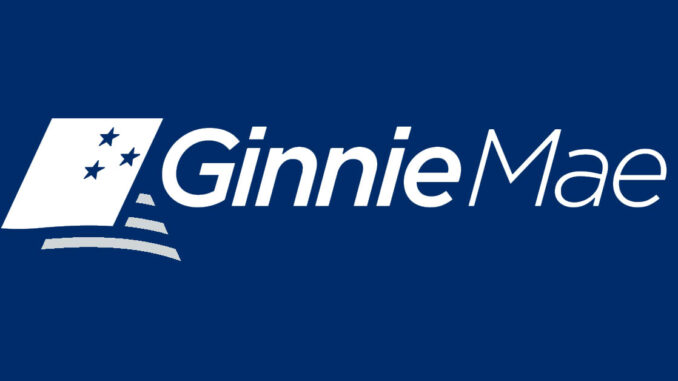
Ginnie Mae unveiled a significant revision on Wednesday to its monthly single-family reporting protocols. The government mortgage bond guarantor incorporated expanded its payment default status (PDS) reporting, including loan default information, any mitigation actions taken and the timing of these actions.
The agency said that this move underscores its commitment to vigilant monitoring of delinquent loans, which can exert financial strain on nonbank entities.
“The PDS revision is an important component toward our ongoing transition to granular loan-level data collection and analysis,” Sam Valverde, Ginnie Mae principal executive vice president, said in a statement. “These data will allow us to better evaluate the liquidity strains in the market and inform our understanding of risk management and oversight activities.”
By implementing this revision, Ginnie Mae aims to tap into additional metrics to monitor default status across mortgage-backed securities (MBS) collateral. It will afford Ginnie Mae deeper insights into servicer liquidity stress and loss-mitigation outcomes.
The revised PDS reporting mandate applies not only to issuers of Ginnie-backed securities but also to the vendors responsible for managing their servicing platforms. Additionally, subservicers that collaborate with Ginnie Mae issuers will be subject to this mandate, according to National Mortgage News.
While single-family mortgage delinquencies have remained relatively subdued in recent times, they tend to be more prevalent among loans under Ginnie’s purview, such as those through the Federal Housing Administration (FHA) and the U.S. Department of Veterans Affairs (VA).
While the delinquency rate for all types of residential mortgages stood at 3.88% at the end of last year, the FHA rate was 10.81% — its highest level since third-quarter 2021 — and the VA rate was 4.07%, the Mortgage Bankers Association reported.



